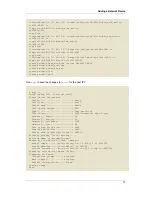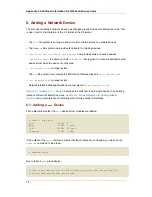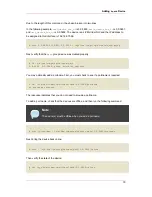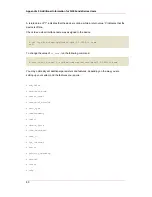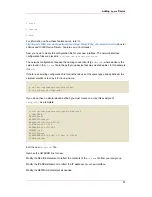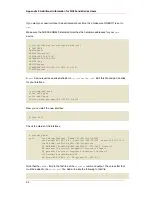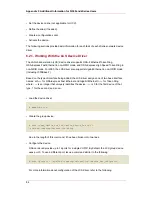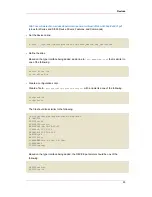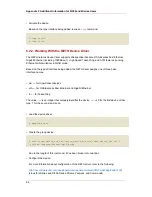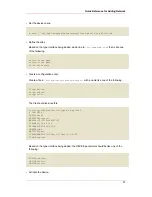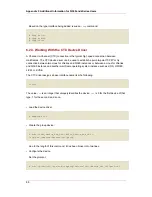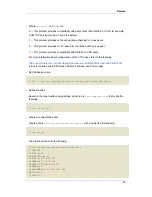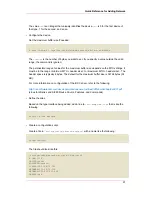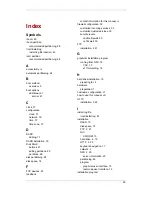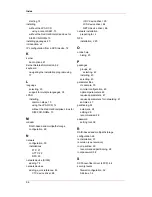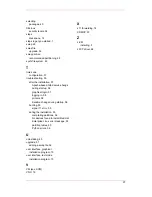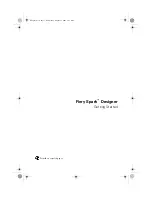
The value
<n>
is an integer that uniquely identifies the device.
<n>
is 0 for the first device of
that type, 1 for the second, and so on.
• Configure the device.
Set the maximum buffer size if needed:
# echo <value> > /sys/bus/iucv/drivers/netiucv/netiucv<n>/buffer
The
<value>
is the number of bytes you want to set. If you specify a value outside the valid
range, the command is ignored.
The permissible range of values for the maximum buffer size depends on the MTU settings. It
must be in the range <minimum MTU + header size> to <maximum MTU + header size>. The
header space is typically 4 bytes. The default for the maximum buffer size is 32768 bytes (32
KB).
For more information on configuration of the IUCV driver, refer to the following:
http://oss.software.ibm.com/developerworks/opensource/linux390/docu/lx26apr04dd01.pdf
(Linux for zSeries and S/390 Device Drivers, Features, and Commands)
• Define the alias.
Based on the type interface being added, add a line to
/etc/modprobe.conf
that is like the
following:
iucv<n> alias netiucv
• Create a configuration script.
Create a file in
/etc/sysconfig/network-scripts/
with a name like the following:
ifcfg-iucv<n>
The file should look like this:
/etc/sysconfig/network-scripts/ifcfg-iucv0
# IBM IUCV
DEVICE=iucv0
BOOTPROTO=static
IPADDR=192.168.70.136
GATEWAY=172.16.70.136
NETMASK=255.255.255.255
ONBOOT=yes
Quick Reference for Adding Network
91
Summary of Contents for ENTERPRISE LINUX 3 - FOR IBM S-390 AND IBM ESERVER ZSERIES
Page 2: ...Red Hat Enterprise Linux 4 ...
Page 4: ...Red Hat Enterprise Linux 4 ...
Page 56: ...46 ...
Page 64: ...54 ...
Page 70: ...60 ...
Page 104: ...94 ...
Page 108: ...98 ...

